
Today I was smothered with history and emotions while visiting the Apartheid Museum and Soweto. The Apartheid Museum is a powerful destination documenting the dark past of South Africa. Prior to visiting Johannesburg I researched the history of Apartheid to get an idea of its destructive 50 year administration and even with my prevision I was still shocked. You enter the museum in a time warp; your given an ID card stating black or white. The black entrance is limited to one hallway lined with ID cards of citizens showing how they were classified and the white entrance has two hallways and a separate entrance into the museum main walk way. I found myself feeling segregated while being denied access to that area because I wanted to see what information was shown in the white entrance. All I could say to myself was, WOW!
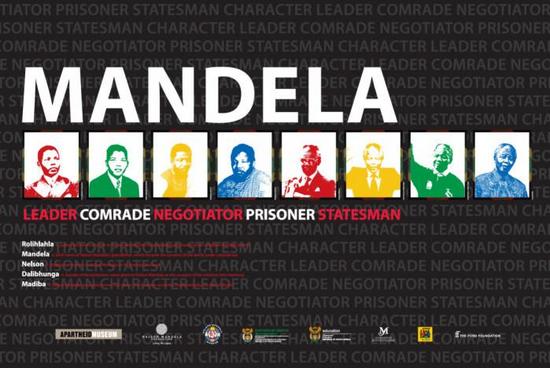
The museum sets the tone for how serious apartheid was in South Africa. The museum begins with the Mandela exhibit that breaks down his life into six sections: Character, Comrade, Leader, Prisoner, Negotiator and Statesmen. The exhibit is heartfelt and warming in how it reminds you how strong and courageous Mandela was for South Africa.
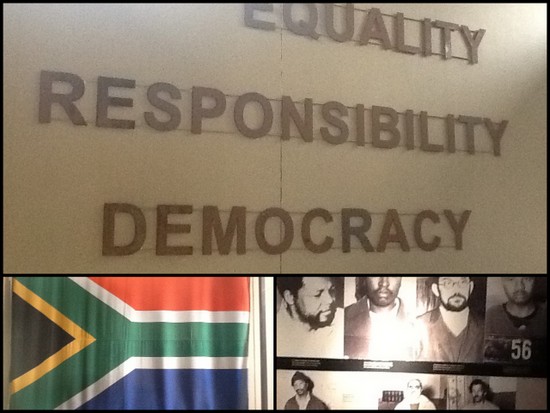
After the Mandela exhibit you begin to dive deep into the evil of apartheid and it is no joke. Unfortunately pictures aren’t allowed with the exception of the few I snuck in. The best tip I can give you is to allot an entire morning to have enough time to digest all of the exhibits.
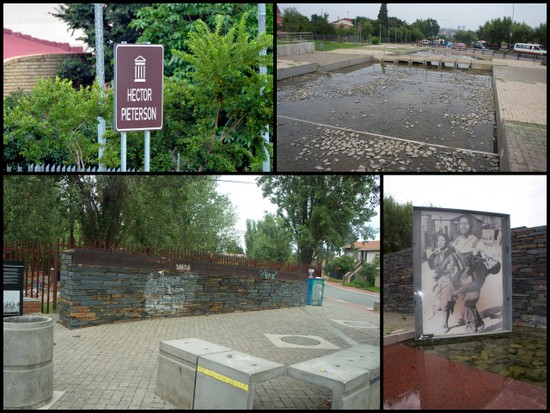
Next stop is Soweto and I suggest visiting the Apartheid museum before you visit Soweto because here was ground zero of the anti-apartheid movement. Soweto is were the uprising began when students were marching to protest the governments policy to enforce education in Afrikaans (Dutch) instead of english. During the protest a teenager Hector Pieterson was shot by the police and that sent everything into a frenzy. A stone wall monument stand on the corner where he was killed. Down the street is also a memorial that displays a photo of him being carried away and a pond filled with stones that represents their only arms to protect themselves against the government who terrorized them.
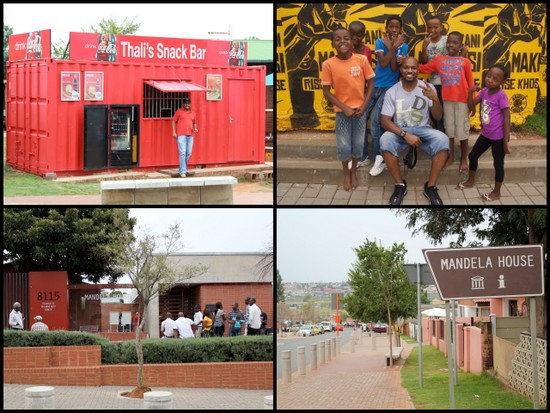
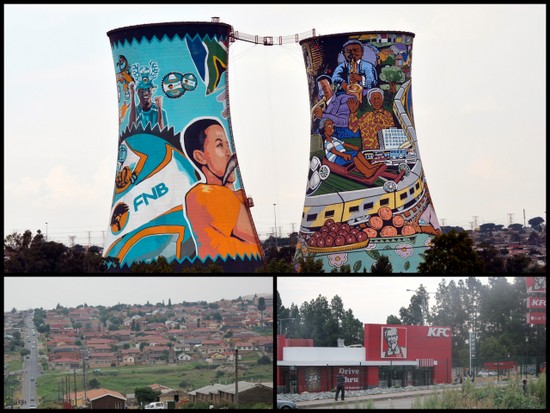
Today Soweto is largest black populated residential area in South Africa and holds the distinct pleasure of having two Noble Peace Prize winner that lived on Vilakazi street; Bishop Desmond Tutu and Nelson Mandela. Vilakazi street is now a tourist destination were people visit Mandela House, Bishop Tutu home is a world heritage site and restaurants are located here also.
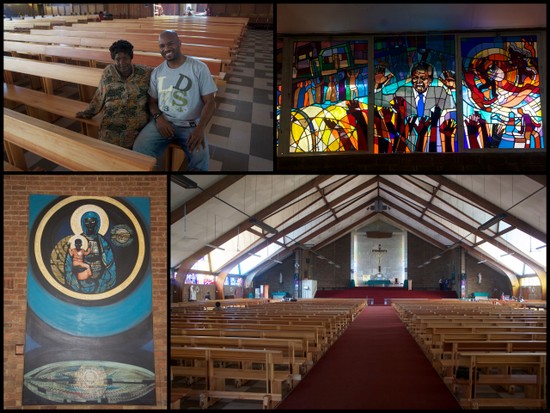
You can also visit the beautiful Regina Mundi Catholic Church, during the anti-apartheid movement political meetings were held here and 5,000 people would fill the standing room meetings. Can you believe that a shooting took place inside the church when the government was trying to disrupt a meeting, thankful no one was shot. The church walls are covered with decorative stand glass windows and I had the pleasure of chatting with an elder woman who imparted some wisdom with me. It was simple but she said she was thankful to be alive.
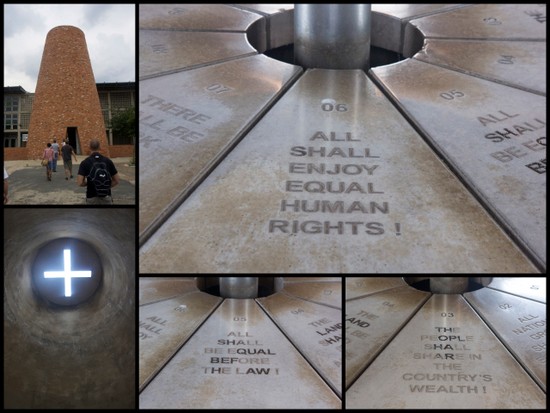
The final and most important stop was to the Walter Sisulu Square to visit the Freedom Tower. Inside the tower the Freedom Charter adopted in june 26, 1955 displays 10 demands for freedom from the South Africa Congress Alliance. Even though these demands were created then they were never recognized by the government until May 1994 when the Freedom Charter was incorporated into the new Constitution of South Africa.
